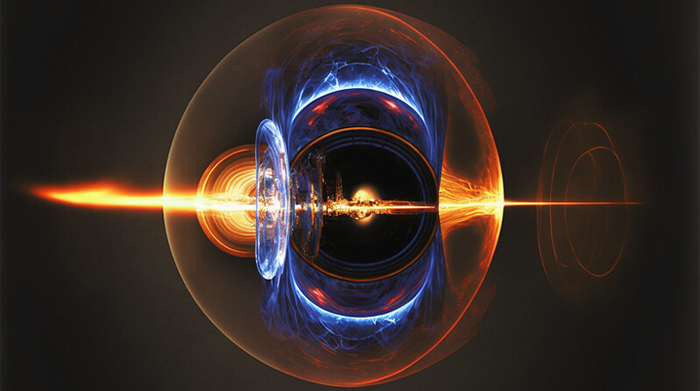What Does the Recent Nuclear Fusion Breakthrough Really Mean?

Image courtesy of Duncan Rawlinson under Attribution-NonCommercial 2.0 Generic License, resized to 700 x 391 pixels.
In December 2022, significant progress was made in terms of bringing nuclear fusion technology to fruition. While this is clearly an important development, it does not necessarily mean that the technology will be on track to solve the world’s energy woes overnight. Quite the contrary, full realization of the technology will likely require decades of additional research and development work.
Current State of Nuclear Fusion Research
Nuclear fusion is similar in concept to nuclear fission, which is the technology behind nuclear power plants. Nuclear fission involves splitting a heavy isotope like uranium-235 into smaller isotopes, the process of which generates a large amount of energy that can be efficiently converted into electricity. Unfortunately, nuclear fission has one major downside – it creates highly radioactive byproducts.
Nuclear fusion, on the other hand, is different and, conceptually, is almost like the reverse of fission in how it is generated. With nuclear fusion, small hydrogen isotopes are joined together to form larger ones composed of helium. No only does this process generate more energy than fission, it also does not generate any radioactive byproducts.
Sounds like a no-brainer, right? Well, not so fast! The issue with fusion is that it is extremely difficult to accomplish because it requires an incredible amount of heat and pressure. Comparatively, nuclear fission is much easier to accomplish.
Due to the high level of difficulty, there have been a number of so-called breakthroughs over the decades. The advancement in December was that scientists were able to squeeze more energy out of the fusion process than it required to generate, thus achieving a net positive for the first time. But this is only one step along a long and winding road. Yes, the December accomplishment was important, but there is little doubt that we are still decades away from being able to commercialize nuclear fusion technology.



